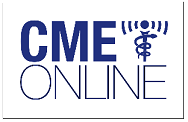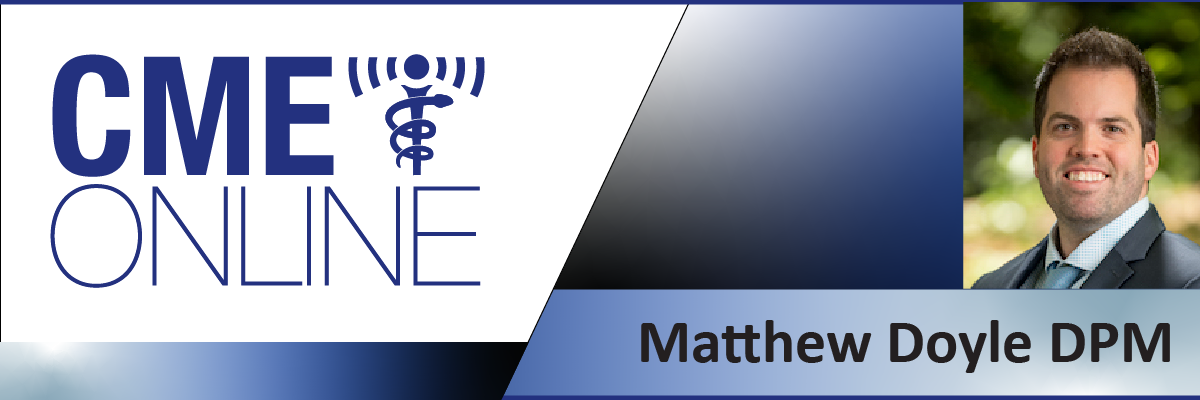Fees
Free for Members of TLD Systems. Non Members should take the course in the Mandatory Course Section
Intended Audience : Medical Providers
Refund Policy
No refunds are available for online courses
Compliance Statement
In accordance with the Council on Podiatric Medical Education's Standards and Requirements for Approval of Providers of Continuing Education in Podiatric Medicine, any relevant financial relationships with commercial interests of faculty, planning committee, or any others who have influence over the content of this educational activity must be disclosed to program participants. Dr Brody is the CEO of TLD Systems which provides consulting in HIPAA, OSHA and other Federal regulations that apply to health care providers
Commercial Interests: This course is supported by an unrestricted educational grant from TLD Systems
For more information contact CMEonline at info@cmeonline.com
CME Online is approved by the Council on Podiatric Medical Education as a provider of continuing education in podiatric medicine. CME Online has approved this activity for a maximum of 0.66 continuing education contact hours.


